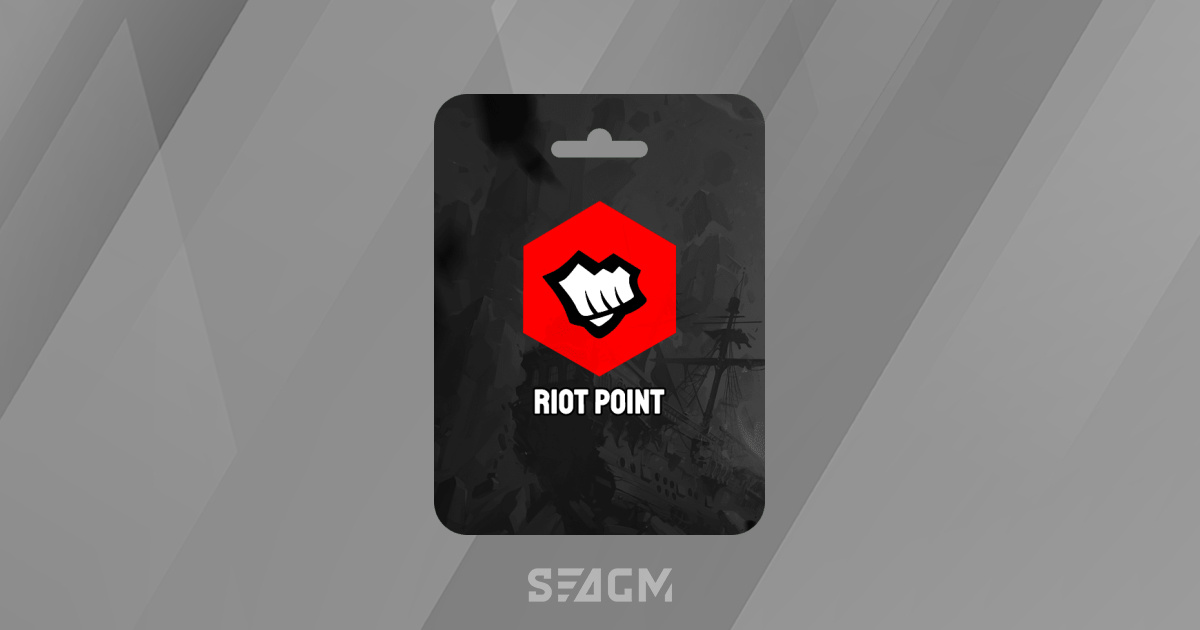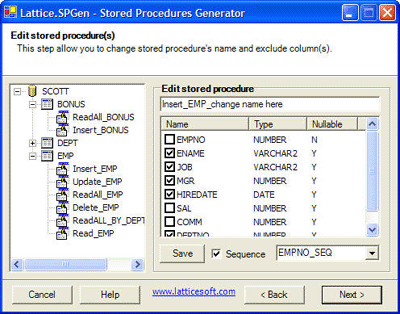

Most of these records I had given up listening to some years ago as the cracks and pops used to drive me crazy - I knew exactly where they were going to apear. I have processed 10 or so classical recordings so far (orchestra, string quartet, solo piano, solo guitar, voice) all with outstanding results.
#Clickrepair access code manual
256-512 samples still need manual detection and repair (I use Audacity for this - after ClickRepair processing).
#Clickrepair access code software
With these settings the software detects and fixes most major click/pop events on the recording, without noticable degradation of the audio. Sufficiently so that as I approached the end of the 21 day trial period I definitely decided to buy it and did so yesterday- I would be lost without it now.Īfter some extensive testing with it I have it set at non-default settings:Īutomatic All no manual intervention - fastest processing Well I have now been trialling Brian Davies's ClickRepair software for two and a half weeks now - and I can report that I am extremely impressed with it. *Reverse = "on" (there is no processing penalty for this and it helps on percussive music)

*Pitch Protection = "on" (default is "off") though leave this "off" for brass recordings

You may find the default settings for this application remove a little too much signal. I have no commercial connection with this software - but I would urge anyone who needs to clean up clicks from digitized LPs to consider buying this software - I shall certainly be doing so.Īnd once again many thanks to Koz for the initial steer. Multiple export of WAVs at 16-bit PCM (and MP3s or AACs) listening test - plus any final repairs in Audacity.Ĩ. You can select from these via a set of radio buttons - and you can switch between modes while ClickRepair is working on your audio.ĥ. You can set it to:ġ) Auditory output “off”: no audio gives the fastest processing time - but you still get a visual display showing what it is doing,Ģ) Noise only: this is the part of the signal that the s/w is removing - very useful as it enables you to listen to how much, if any, of the music is being removed (helpful in setting the parameter level for click removal),ģ) Output signal: the cleaned, click-removed, signal, One of ClickRepair's great strengths is its monitoring capability. It has a relatively straightforward GUI and is easy to use - the default settings OOTB perform quite well - it has a nice simple manual. The software is available for download free for a 21-day evaluation period, thereafter you will need to buy the license. Unlike Audacity, the software is not free- it costs US$40. I have been trialling this for a couple of days now and my initial findings are that this package delivers excellent results. This has worked well but is tedious and very time consuming as it is labour-intensive.įollowing on from a steer that Koz gave me a while ago (and thanks for this Koz) I decided to explore Brian Davies' program ClickRepair. Up until now I have been doing all my click & pop removal from my digitized vinyl manually with Audacity - using the excellent Repair tool in 1.3.x beta version.
#Clickrepair access code update
Update 8Jul08: Six-month review with statistics at the end of this posting See later in the thread for post-trial appraisal ClickRepair - software tool for click removal


 0 kommentar(er)
0 kommentar(er)
